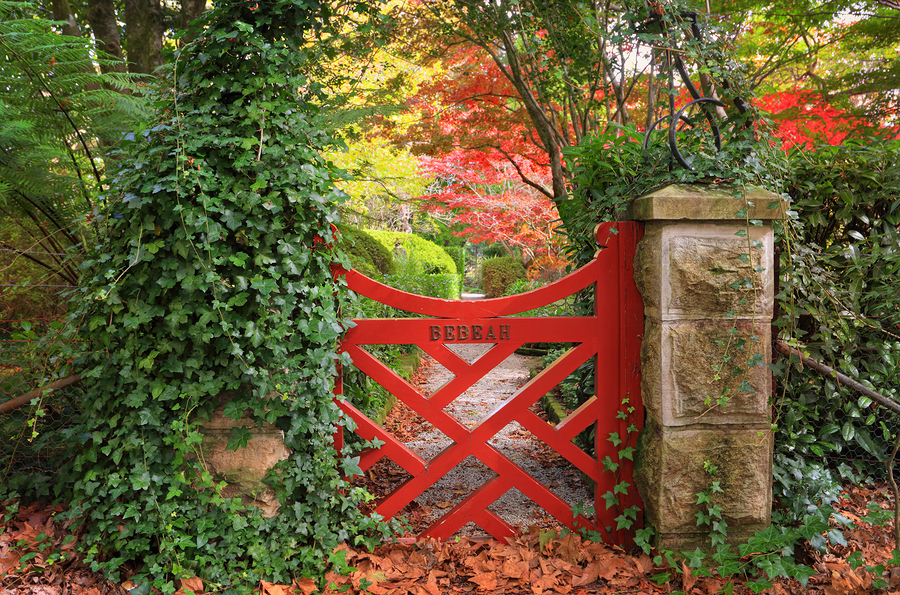In the southwest corner of Colorado are the ancient ruins of the cliff dwellers. During one of our Colorado vacations, we drove to Mesa Verde National Park in order walk among these unusual ruins. The cliff dwellings are magnificent, truly ancient, and speak of a civilization long past. At one point in the tour, some of us were leaning against a rock wall which prevented visitors from falling into the valley below. As the tour guide talked about the stone on stone construction and the various houses he pointed to the wall we were leaning on and said something along the lines of, “and that wall you’re all leaning against is well over 600 years old.” We all moved away from the wall as if it would immediately crumble. It didn’t of course. There is something about stone on stone buildings that shouts permanence and stability.
This facet of the diamond of who we are in Christ recognizes that we are living stones. Peter put it this way, “And coming to Him (Jesus) as to a living stone which has been rejected by men, but is choice and precious in the sight of God, you also, as living stones, are being built up as a spiritual house for a holy priesthood, to offer up spiritual sacrifices acceptable to God through Jesus Christ.” (1 Peter 2:4–5, NASB95) See also Ephesians 2:19-22. In our last article, we considered that we are individually a temple or dwelling place of God. The greater reality is that we are not alone, and in truth, the fuller vision is that we are part of a much larger construction project that began 2000 years ago.
Peter uses a unique word combination that we must explore before we move much farther. He connected two words that generally do not belong together, “living” and “stone.” Stones, rocks, boulders, and pebbles never exhibit life in any way, shape, or form. They don’t grow, they don’t reproduce, they don’t communicate, and they don’t expend energy. Yet Peter described Jesus and ourselves as stones that have life, the combination of those two words create an image of growth and change with an unshakable permanence. Paul said in Ephesians that we are being “fitted together”, shaped by Jesus, by our life experience, and by those around us like a stone mason fits building stones together. Not only are we living stones we are also being carefully fitted and shaped for our place in the wall of Jesus’ building project.
Peter could have had a specific incident in mind as he pictured the building God was creating. Immediately after Peter’s proclamation of Jesus’ messiahship, Jesus proclaims, “I also say to you that you are Peter, and upon this rock I will build My church; and the gates of Hades will not overpower it.” (Matthew 16:18, NASB95) Now, I know that people of faith don’t see eye to eye on certain aspects of this proclamation of Jesus. My point is not to reargue who “this rock” signifies all over again. The important point is this – Jesus is building His church out of the living stones of all who follow Him. And that building, that church, is not a static symbol of faith but an active expression of God’s kingdom capable of overrunning the guarded territory of the kingdom of darkness.
I wonder, however, if Peter also had something else Jesus said in mind. On the day we call Palm Sunday, the day Jesus entered Jerusalem riding a donkey with the crowds shouting hosanna, He was confronted by some Jewish leaders. They found the whole scene and the crowd’s loud proclamation to be disturbing and asked Jesus to tone it down a bit. Jesus replied, “I tell you, if these become silent, the stones will cry out!” (Luke 19:40, NASB95) Imagine a place of worship where even the building stones sing out in worship.
Recognizing the grand structure Jesus is building might not seem very relevant to our everyday experiences. We get glimpses of this building every now again, like when a stadium 55,000 men sing praises at a Promise Keepers rally. But, for the most part, this building, this larger church, is not apparent to us. That doesn’t mean being living stones does not have a day to day, moment to moment, reality.
Consider Jesus’ promise, “For where two or three have gathered together in My name, I am there in their midst.” (Matthew 18:20, NASB95) Wherever and whenever two come together Jesus is there, it doesn’t matter what day it is or for how long, The only stipulation Jesus laid out was that we are gathering in His name.
We get this idea somehow that church is a physical and governmental structure with walls, a name, and a constitution. I’m not saying that we shouldn’t build buildings or have some semblance of order in our churches. Those structures may outline the church, but the real action happens when living stones connect with each other in prayer, in fellowship, in teaching, in growth, in repentance, in caring, and most of all in worship.
When we shine the light of Jesus on this facet of who we are in Christ what do we see? This particular facet shines with connectedness and purpose. As we grow in Jesus we are being fitted into something much larger than ourselves. Not in a static sense of being glued into our place. but in a very dynamic sense of connecting with the living stones around us at that particular place and time. Whether it is 54,999 others or just one other doesn’t matter. The point is that we are connecting with others in Jesus name for prayer, fellowship, teaching, growing, correction, caring, and to worship Jesus. As our world grows more and more disconnected, more reliant on long-distant communication with little patience or tolerance for differences, we need to seek out those vital connections with other Christ followers all the more.
- Mark: An Insignificant Seed - June 4, 2025
- Mark – Listen Carefully - June 2, 2025
- Mark: Consider the Sower - May 28, 2025





Thank for articles am always encouraged